In the realm of international trade and economics, the term "J-curve" represents a fundamental concept that plays a crucial role in understanding the dynamics of a nation's trade balance following a currency devaluation. This economic phenomenon is named for the distinctive shape it often takes when graphed, resembling the letter "J." In this article, we will explore what the J-curve is, how it works, and why it's essential for policymakers and economists alike.
What is the J-Curve?
The J-curve is a graphical representation of how a country's trade balance responds to a depreciation of its currency. It demonstrates the short-term and long-term effects of a currency devaluation or depreciation on a nation's trade position. The J-curve effect suggests that, immediately after a currency devalues, a country's trade balance worsens (deteriorates) before gradually improving.
The J-Curve Graph:
The J-curve is typically depicted as a graph where the x-axis represents time, and the y-axis represents the trade balance. Here's a simplified description of the J-curve graph:
- Initial Depreciation: At time zero, the currency undergoes a depreciation. This makes a country's exports cheaper for foreign buyers and imports more expensive for domestic consumers.
- Short-Term Deterioration: In the immediate aftermath of the currency depreciation (short-term), the trade balance typically worsens. This means that a country's trade deficit (imports exceeding exports) increases. Foreign consumers and businesses may not immediately respond to the price changes by buying more exports or reducing imports.
- Gradual Improvement: Over time (the long-term), as foreign buyers become more responsive to the price changes and domestic consumers reduce their demand for more expensive imports, the trade balance starts to improve. This improvement is typically represented by the rising part of the "J" shape in the graph.
- Long-Term Effects: Eventually, if the depreciation is significant and other factors remain stable, the trade balance may return to a better position than before the depreciation, as increased exports and reduced imports contribute to a more favorable trade balance.
Factors Influencing the J-Curve Effect:
Several factors can influence the shape and magnitude of the J-curve effect:
1. Elasticity of Demand: The responsiveness of foreign and domestic consumers to price changes plays a significant role. If demand for a country's exports and imports is inelastic (insensitive to price changes), the J-curve effect may be less pronounced.
2. Time Lag: The time it takes for consumers and businesses to adjust their buying patterns in response to price changes is a critical factor. The J-curve effect is often more pronounced when there is a longer time lag in consumer and business responses.
3. Economic Conditions: The overall economic environment, including factors like inflation, interest rates, and global economic conditions, can influence the J-curve effect.
Significance of the J-Curve:
Understanding the J-curve is vital for policymakers and economists for several reasons:
1. Policy Implications: Governments and central banks need to consider the J-curve effect when deciding on currency policies like devaluations or interventions. It helps them anticipate short-term economic impacts and long-term benefits.
2. Trade Balance Analysis: Economists and analysts use the J-curve concept to analyze a country's trade balance following currency movements. This analysis can provide insights into the effectiveness of currency policies.
3. Risk Assessment: Businesses engaged in international trade need to be aware of the J-curve effect to assess potential risks and opportunities related to currency fluctuations.
In conclusion, the J-curve effect is a fundamental concept in international trade and economics, illustrating the short-term deterioration and long-term improvement in a country's trade balance following a currency depreciation. It serves as a valuable tool for policymakers, economists, and businesses when analyzing the consequences of currency movements and making informed decisions regarding trade and monetary policies.

